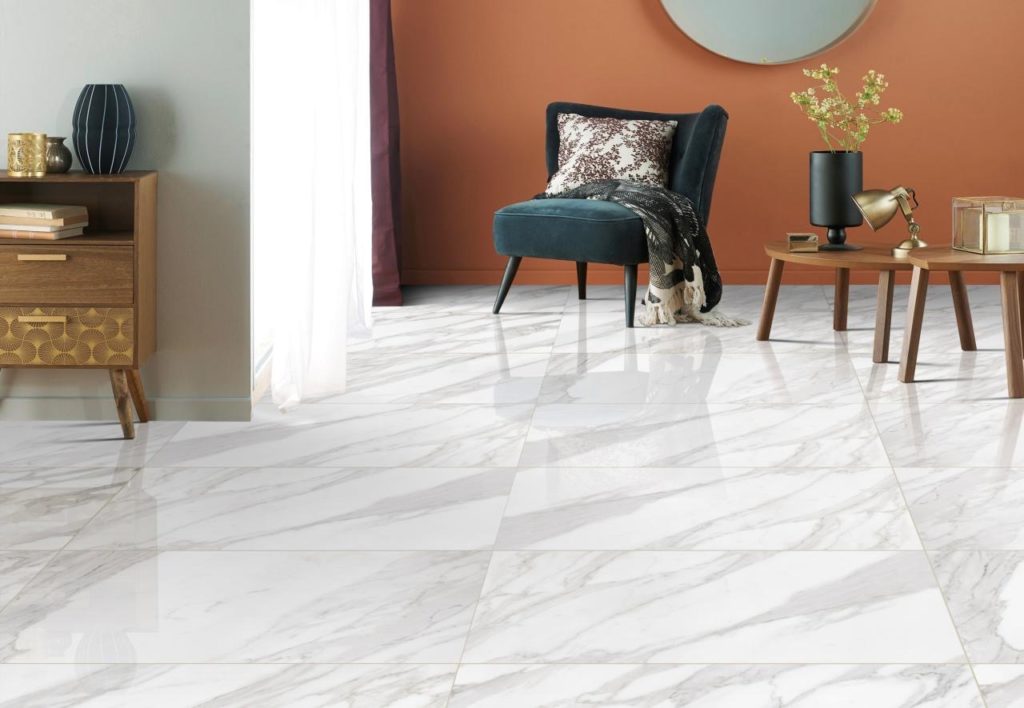How PEI Ratings Are Determined
The PEI rating is essentially a measurement of the surface enamel’s resistance to abrasion in porcelain tile. It is measured by the use of a machine known as a rotary abrasion resistance testing machine, in which steel ball bearings are pressed down and rolled over the surface of the tile while an observer watches the effect. The ratings are issued based on how many revolutions of the machine’s head are required before visible abrasions appear on the tile, this is an important test that will determine the resistance of the flooring and the recommended use according to the rate.
Understanding the PEI Ratings
A tile is given a PEI hardness rating on a 5-point scale, in addition to a 0 or NR category. The assigned PEI class is based on how many revolutions of the testing machine are required before noticeable abrasions are seen.
| PEI Class | Usage |
| 0 | Light-duty on walls only; never use underfoot. |
| 1 | Wall use only in residential and commercial applications. This type of tile should never be used underfoot. Shower surrounds are a typical PEI-1 tile. |
| 2 | Walls and light-duty floors. It’s often used in residential bathrooms. |
| 3 | Countertops, walls, and floors that receive normal foot traffic. It’s a good, general-purpose tile for all residential (but not commercial) uses |
| 4 | All residential applications (both walls and floors), as well as medium commercial and light institutional locations |
| 5 | All residential and heavy commercial and institutional foot traffic. Typically this is used only for flooring and is rarely attractive enough for interior residential applications. |
Choosing the Right Porcelain Tiles.
It’s important to pay close attention to the PEI class when choosing a tile for a particular application. A light-duty class 0 or 1 tile is likely to crack if used on floors, and a very thick class 5 tile may be so heavy that adhesives will have trouble holding it in place on a wall. The PEI class is not the only means of choosing a tile, however, and some tiles do not even carry a PEI class rating.

In addition to (or instead of) the PEI rating, tiles can be designated as floor or wall tiles based on other criteria. Tile designated for installation on a wall receives no foot traffic and, in fact, almost no wear of any kind. As such, this tile can be thinner and smoother, since safety is not a concern. Wall tile can also have complicated designs, such as reliefs, that don’t work well on floors. Tiles designated as floor tiles, on the other hand, often have a mat or textured finish to make them less slippery underfoot, especially in locations likely to experience moisture.
There is no central database of PEI ratings for tiles made by major manufacturers. Instead, you need to look at each tile’s manufacturing details, often found in the fine print on the sales sheet or product specification sheet. All companies provide some form of information on where the tile can be installed, either in the form of a PEI rating, a location specification (wall, floor, wall/floor), or both. Beyond wall/floor distinctions, some companies go so far as to even list the rooms where the tile is recommended for installation—kitchens, bathrooms, hallways, etc.